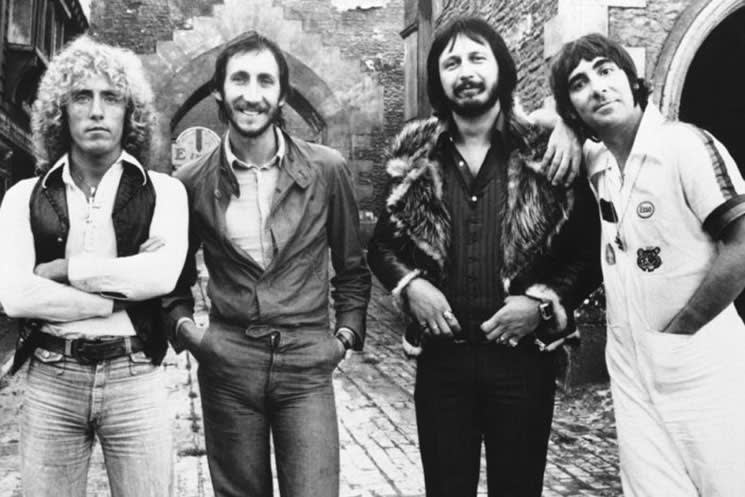Virtually every rock band of the last 50 years owes the Who a debt they can never repay. Apart from the Beatles and the Rolling Stones, the Who had the biggest influence of any of the "British Invasion" groups that dominated the 1960s and early '70s. Many of their ideas have become so commonplace, it's difficult to remember a time before them. Power chords? Stack amplifiers? The entire concept of volume that forms the bedrock of heavy music to this day? All popularized by a group of scrappy Londoners over half-a-century ago.
Even with the arrival of the group's final album, it seems almost impossible to find anything new to say about the Who in 2019. Yet it's hard not to impressed by the timelessness of their classic records. Songs written for teenagers who are now the grandparents of teenagers sound just as rebellious now as they did in 1965. "Hope I die before I get old," isn't just a great rock lyric, it's an essential mantra of the power of youth culture.
But the Who were always more then just rebels without causes. They were also the innovators behind some of rock's most daring experiments. From rock opera to feedback to the still-iconic act of smashing instruments onstage, Pete Townshend, Keith Moon and John Entwistle revolutionized the sound of their instruments beyond recognition. Roger Daltrey remains one of rock's quintessential frontmen, but it was the collective creative power of the group that made them worth listening to. It's the reason their songs are still played daily on radio stations worldwide.
The Who's legacy is beyond question. But in light of their recent recordings, we thought it was worth reappraising what makes them great. Take a trip to teenage wasteland with this essential guide to The Who.
Essential Albums:
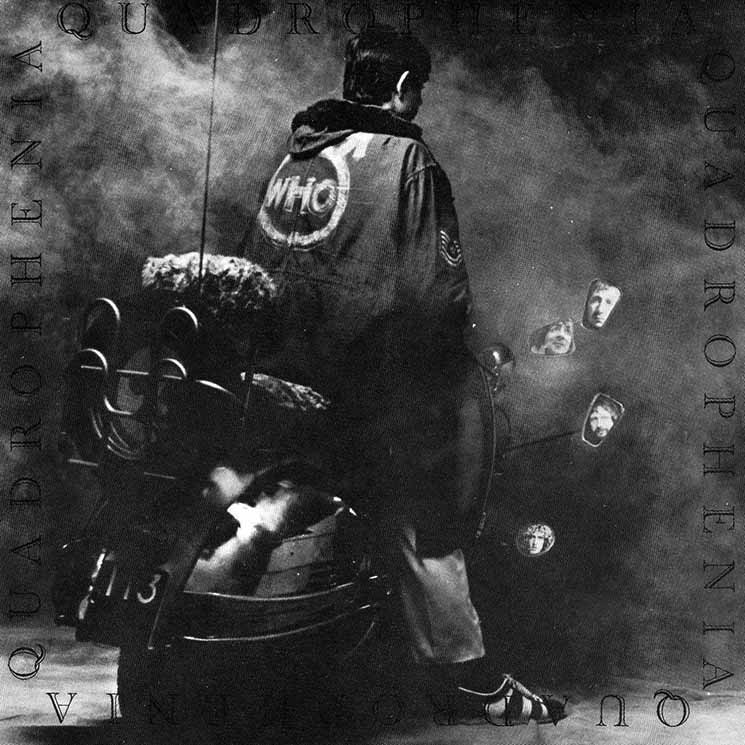
5. Quadrophenia
(1973)
Keith Moon's drug problems had fully manifested by the time Quadrophenia was recorded in 1973. But that didn't stop the Who from creating the strangest, most experimental record of their career. A true trip from start to finish, Quadrophenia was a mishmash of sound effects, prog influence and cinematic stadium rock n' roll.
The big track, "Love Reign O'er Me," is the Who at their grandest. Pianos clash with guitars as the song swells to symphonic levels, sounding more like King Crimson than their earlier hard rock selves. It just sounds huge, as do the title track and the countercultural "The Punk and the Doctor."
Buried in orchestral scores with grandiose sampling, Quadrophenia is best listened to in one sitting, even if it's just to catch the deep cuts like "The Dirty Jobs" and "Cut My Hair." Be sure not to miss "The Real Me" for a sense of John Entwistle at his jazzy best.
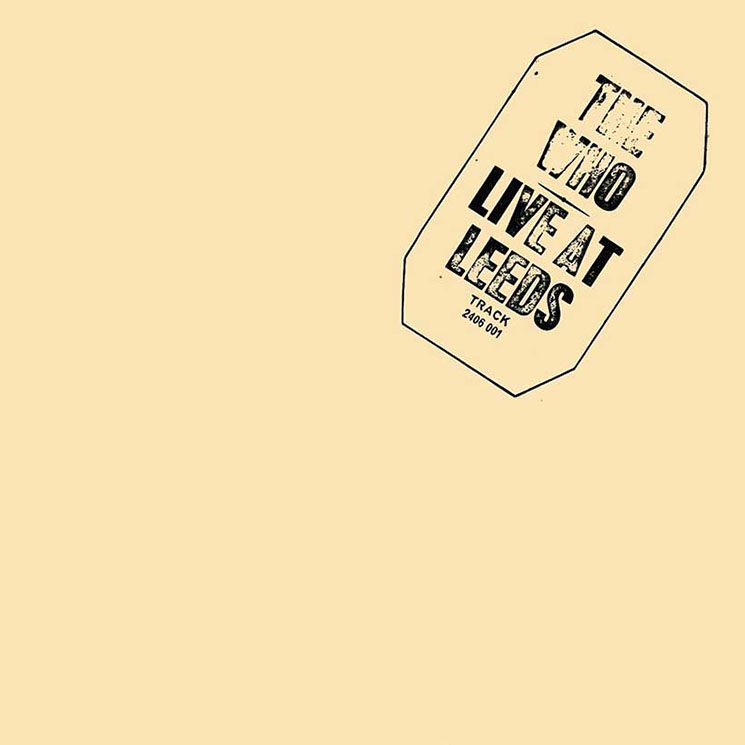
4. Live at Leeds
(1970)
The true heaviness of the Who cannot be shown on record. For that, one must experience them in concert. Despite the band playing at Monterey Pop and the Isle of Wight festival, it's Live at Leeds that truly captured the moment. The band were exploding into their peak, with nothing to hold them back but their own (soon-to-be-tested) limits. It was time to show the world what the Who were really made of.
Classics like "Amazing Journey" and "Sparks," alongside rarities like "Tattoo," sound louder than ever, as the boys smash, crash and blast their way through a riotous 90-minute set. Keith Moon deserves special credit for the level of crazy he brings to "Young Man's Blues." By the time Pete Townshend demolishes his guitar during the medley following "My Generation," ahead of "Magic Bus," you'll know exactly why the Who were seen as the wildest band of their time.
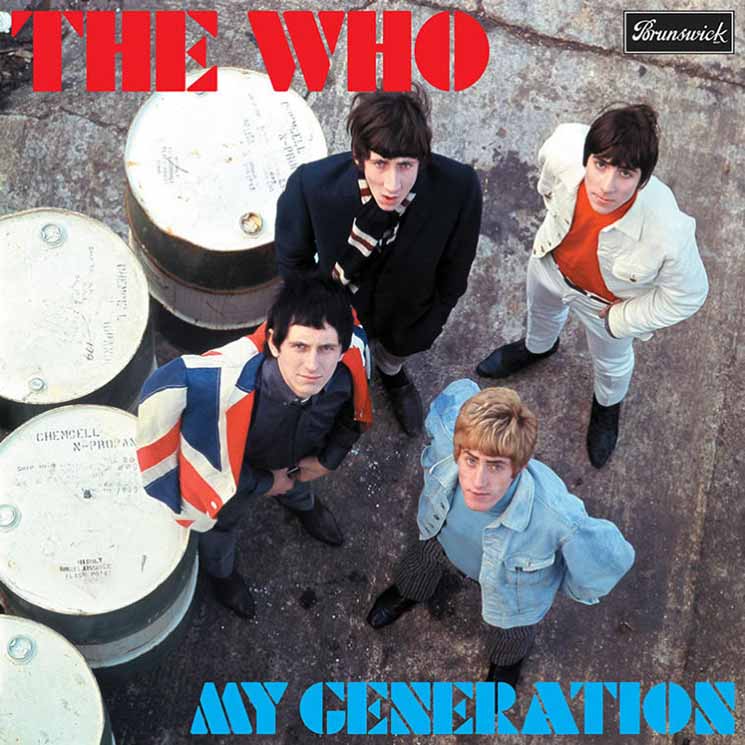
3. My Generation
(1965)
The album that started it all. The Who broke new ground in every way when they released their debut in 1965. Drawing from the sound of John Lee Hooker and the lyricism of early surf rock, My Generation captured the angst of adolescence and put an electrical current straight through it. Rock music would never be the same after Roger Daltrey sang "Hope I die before I get old."
The title track usually gets most of the attention. It's well-deserved, but My Generation is a treasure trove of hidden gems. New listeners should check out "The Ox," an early metal track with Keith Moon and John Entwistle's heaviest collab, and "Bald Headed Woman," a Kinks cover featuring Jimmy Page and an unrecognizably bluesy Who that would soon disappear forever. The biggest hint of what was to come was "I Can't Explain," the first of many introspective power pop tracks that Pete Townshend would pen over the following years. Once the Who were on the scene, things would never be the same.
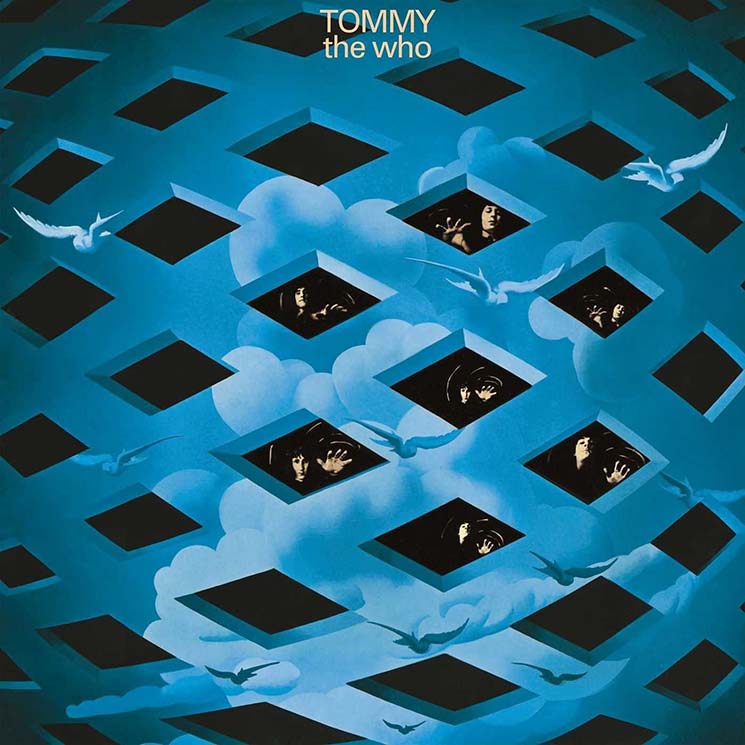
2. Tommy
(1969)
Nothing like Tommy had ever been released before. Like a hard rocking Sgt. Pepper's, it told a single story and used musical cues to introduce the characters. Overtures? Orchestras? Even for the '60s, this was weird. Tommy was so unprecedented, critics needed to invent a new term for it — rock opera.
What often gets left out of discussions about Tommy is how chillingly dark this story of a "deaf, dumb and blind kid" can be. Themes of neglect, drug addiction, child sexual abuse and more follow the tale of Tommy Walker as he struggles to find connections in the world. Abandoned by his mother, he endures his sadistic "Cousin Kevin," pedophilic Uncle Ernie and takes LSD from "The Acid Queen," which sends him on a ten-minute "Underture." Grim stuff for an album whose most famous song is about the protagonist playing pinball.
Inspiring everyone from Elton John and Oasis to a crazy little band called Queen, Tommy launched the Who into the stratosphere of stardom. Things culminated later that year in the Who's co-headline spot with Jefferson Airplane at the most legendary gig of all time — Woodstock. Now celebrating its 50th anniversary, Tommy stands as a testament to the Who's creativity, as well as the influence it has over popular music as a whole. Without Tommy, there's no telling where we would be.
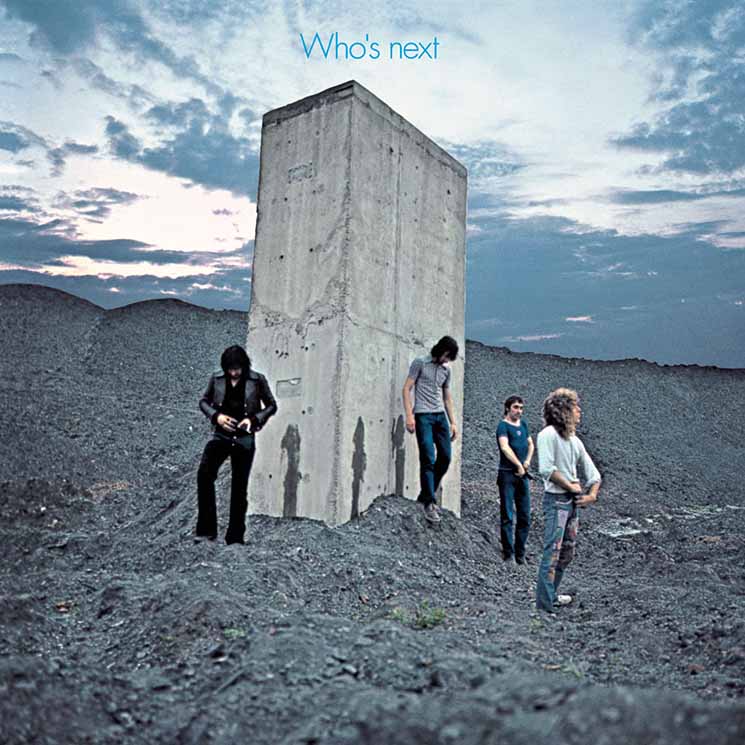
1. Who's Next
(1971)
What do you do once you've invented the rock opera, headlined Woodstock and become one of the biggest bands in the world? If you're the Who, you go back into the studio and record the greatest album of your career.
Pete Townshend delved deep into early synthesizer technology on Who's Next, replacing the guitar-centric sound of the band's earlier releases. Originally planned as a multimedia piece called Lifehouse, what could have been a disaster led to some of the best-known songs in the history of recorded music.
Can anyone remember learning the lyrics "Behind Blue Eyes"? It feels practically like a hymn. "Baba O'Riley" may as well be the quintessential youth anthem, with its refrain of "teenage wasteland" echoing out across generations. It's killer, but nothing compared to the high rush of "Won't Get Fooled Again," featuring the most famous scream in rock and a keyboard solo for the ages.
These are the tracks everybody knows, the ones so influential we barely recognize that we're being influenced anymore. From the platinum hitmakers to the kids picking up a guitar in their parent's basement, the legacy of Who's Next inspires them all. It tells us never to give up on the youthful spirit of rock'n'roll.
Further Listening:
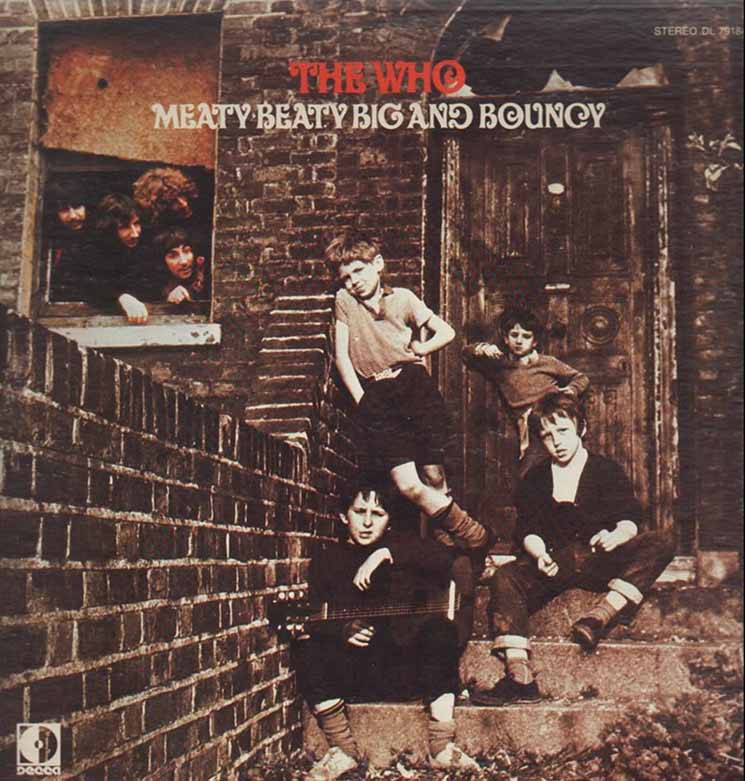
Meaty Beaty Big and Bouncy (1971)
A collection of Who singles from the 1960s, Meaty Beaty Big and Bouncy features songs not released on any full-length LPs. In addition to having one of the best album titles ever, it has cuts like the sing-along "Happy Jack," the ever-bizarre "I'm A Boy" and jangly "Substitute", infamously covered by the Sex Pistols in 1976. A great overview for anyone brand new to the Who.
A Quick One (1966)
The Who's unsung second album, A Quick One showcases the differences between musicians. A contract dispute meant that each member had to contribute at least one song to the album, which is how we got Entwistle's "Boris the Spider," Moon's "I Need You" and Daltrey's "See My Way." Alongside these is "A Quick One, While He's Away," the Who's first foray into rock opera, which contains six movements, multiple characters and remarkably big production for a song about screwing your neighbour's wife. For listeners bored of the same old tracks, you can't go wrong with A Quick One.
What to Avoid:

Faces Dance/It's Hard (1981/1982)
Like many bands of the classic rock era, The Who had a difficult 1980s. Keith Moon died in 1978 and with him, it seemed, so had some of the band's renegade spirit. Many thought the group would fold, including the band themselves for a brief period. But the love of rock'n'roll won out, and the Who released two albums before officially going on hiatus for 13 years.
Faces Dance and It's Hard were released back-to-back in 1981/1982 with Kenny Jones on drums in the midst of the Who's personal and musical breakdown. They aren't bad so much as forgettable, especially in view of what came immediately before. The songs have been dropped from set lists and you'd have to be a pretty diehard fan to name more then three of them. No one will fault you for skipping these.
Even with the arrival of the group's final album, it seems almost impossible to find anything new to say about the Who in 2019. Yet it's hard not to impressed by the timelessness of their classic records. Songs written for teenagers who are now the grandparents of teenagers sound just as rebellious now as they did in 1965. "Hope I die before I get old," isn't just a great rock lyric, it's an essential mantra of the power of youth culture.
But the Who were always more then just rebels without causes. They were also the innovators behind some of rock's most daring experiments. From rock opera to feedback to the still-iconic act of smashing instruments onstage, Pete Townshend, Keith Moon and John Entwistle revolutionized the sound of their instruments beyond recognition. Roger Daltrey remains one of rock's quintessential frontmen, but it was the collective creative power of the group that made them worth listening to. It's the reason their songs are still played daily on radio stations worldwide.
The Who's legacy is beyond question. But in light of their recent recordings, we thought it was worth reappraising what makes them great. Take a trip to teenage wasteland with this essential guide to The Who.
Essential Albums:

5. Quadrophenia
(1973)
Keith Moon's drug problems had fully manifested by the time Quadrophenia was recorded in 1973. But that didn't stop the Who from creating the strangest, most experimental record of their career. A true trip from start to finish, Quadrophenia was a mishmash of sound effects, prog influence and cinematic stadium rock n' roll.
The big track, "Love Reign O'er Me," is the Who at their grandest. Pianos clash with guitars as the song swells to symphonic levels, sounding more like King Crimson than their earlier hard rock selves. It just sounds huge, as do the title track and the countercultural "The Punk and the Doctor."
Buried in orchestral scores with grandiose sampling, Quadrophenia is best listened to in one sitting, even if it's just to catch the deep cuts like "The Dirty Jobs" and "Cut My Hair." Be sure not to miss "The Real Me" for a sense of John Entwistle at his jazzy best.

4. Live at Leeds
(1970)
The true heaviness of the Who cannot be shown on record. For that, one must experience them in concert. Despite the band playing at Monterey Pop and the Isle of Wight festival, it's Live at Leeds that truly captured the moment. The band were exploding into their peak, with nothing to hold them back but their own (soon-to-be-tested) limits. It was time to show the world what the Who were really made of.
Classics like "Amazing Journey" and "Sparks," alongside rarities like "Tattoo," sound louder than ever, as the boys smash, crash and blast their way through a riotous 90-minute set. Keith Moon deserves special credit for the level of crazy he brings to "Young Man's Blues." By the time Pete Townshend demolishes his guitar during the medley following "My Generation," ahead of "Magic Bus," you'll know exactly why the Who were seen as the wildest band of their time.

3. My Generation
(1965)
The album that started it all. The Who broke new ground in every way when they released their debut in 1965. Drawing from the sound of John Lee Hooker and the lyricism of early surf rock, My Generation captured the angst of adolescence and put an electrical current straight through it. Rock music would never be the same after Roger Daltrey sang "Hope I die before I get old."
The title track usually gets most of the attention. It's well-deserved, but My Generation is a treasure trove of hidden gems. New listeners should check out "The Ox," an early metal track with Keith Moon and John Entwistle's heaviest collab, and "Bald Headed Woman," a Kinks cover featuring Jimmy Page and an unrecognizably bluesy Who that would soon disappear forever. The biggest hint of what was to come was "I Can't Explain," the first of many introspective power pop tracks that Pete Townshend would pen over the following years. Once the Who were on the scene, things would never be the same.

2. Tommy
(1969)
Nothing like Tommy had ever been released before. Like a hard rocking Sgt. Pepper's, it told a single story and used musical cues to introduce the characters. Overtures? Orchestras? Even for the '60s, this was weird. Tommy was so unprecedented, critics needed to invent a new term for it — rock opera.
What often gets left out of discussions about Tommy is how chillingly dark this story of a "deaf, dumb and blind kid" can be. Themes of neglect, drug addiction, child sexual abuse and more follow the tale of Tommy Walker as he struggles to find connections in the world. Abandoned by his mother, he endures his sadistic "Cousin Kevin," pedophilic Uncle Ernie and takes LSD from "The Acid Queen," which sends him on a ten-minute "Underture." Grim stuff for an album whose most famous song is about the protagonist playing pinball.
Inspiring everyone from Elton John and Oasis to a crazy little band called Queen, Tommy launched the Who into the stratosphere of stardom. Things culminated later that year in the Who's co-headline spot with Jefferson Airplane at the most legendary gig of all time — Woodstock. Now celebrating its 50th anniversary, Tommy stands as a testament to the Who's creativity, as well as the influence it has over popular music as a whole. Without Tommy, there's no telling where we would be.

1. Who's Next
(1971)
What do you do once you've invented the rock opera, headlined Woodstock and become one of the biggest bands in the world? If you're the Who, you go back into the studio and record the greatest album of your career.
Pete Townshend delved deep into early synthesizer technology on Who's Next, replacing the guitar-centric sound of the band's earlier releases. Originally planned as a multimedia piece called Lifehouse, what could have been a disaster led to some of the best-known songs in the history of recorded music.
Can anyone remember learning the lyrics "Behind Blue Eyes"? It feels practically like a hymn. "Baba O'Riley" may as well be the quintessential youth anthem, with its refrain of "teenage wasteland" echoing out across generations. It's killer, but nothing compared to the high rush of "Won't Get Fooled Again," featuring the most famous scream in rock and a keyboard solo for the ages.
These are the tracks everybody knows, the ones so influential we barely recognize that we're being influenced anymore. From the platinum hitmakers to the kids picking up a guitar in their parent's basement, the legacy of Who's Next inspires them all. It tells us never to give up on the youthful spirit of rock'n'roll.
Further Listening:

Meaty Beaty Big and Bouncy (1971)
A collection of Who singles from the 1960s, Meaty Beaty Big and Bouncy features songs not released on any full-length LPs. In addition to having one of the best album titles ever, it has cuts like the sing-along "Happy Jack," the ever-bizarre "I'm A Boy" and jangly "Substitute", infamously covered by the Sex Pistols in 1976. A great overview for anyone brand new to the Who.
A Quick One (1966)
The Who's unsung second album, A Quick One showcases the differences between musicians. A contract dispute meant that each member had to contribute at least one song to the album, which is how we got Entwistle's "Boris the Spider," Moon's "I Need You" and Daltrey's "See My Way." Alongside these is "A Quick One, While He's Away," the Who's first foray into rock opera, which contains six movements, multiple characters and remarkably big production for a song about screwing your neighbour's wife. For listeners bored of the same old tracks, you can't go wrong with A Quick One.
What to Avoid:

Faces Dance/It's Hard (1981/1982)
Like many bands of the classic rock era, The Who had a difficult 1980s. Keith Moon died in 1978 and with him, it seemed, so had some of the band's renegade spirit. Many thought the group would fold, including the band themselves for a brief period. But the love of rock'n'roll won out, and the Who released two albums before officially going on hiatus for 13 years.
Faces Dance and It's Hard were released back-to-back in 1981/1982 with Kenny Jones on drums in the midst of the Who's personal and musical breakdown. They aren't bad so much as forgettable, especially in view of what came immediately before. The songs have been dropped from set lists and you'd have to be a pretty diehard fan to name more then three of them. No one will fault you for skipping these.
